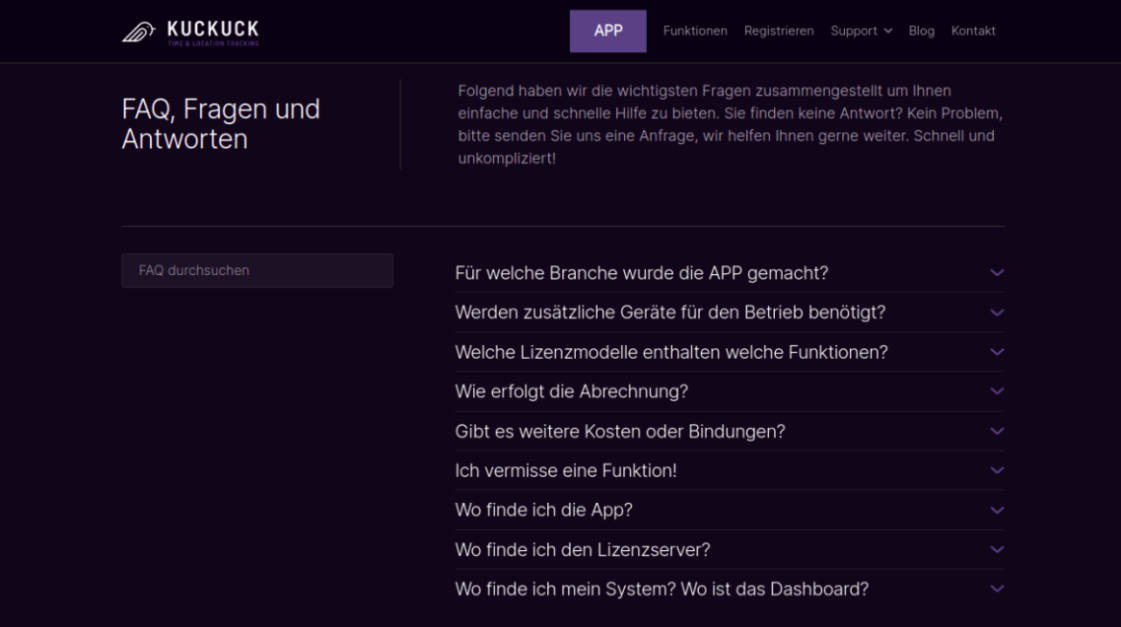IN THE SMASHED CONDITION PARTICIPANTS WERE SIGNIFICANTLY MORE LIKELY TO RESPOND YES TO . question alters a participants memory of the This is a Premium document. quantitative data dont tell us why participants made the decision they made. (adsbygoogle = window.adsbygoogle || []).push({}); Why was Loftus and Palmers study artificial? also be looked at. // . Manage Settings The first is information gleaned during the perception of the original event; the second is external information supplied after the fact. processes such as reconstructive memory should be the same everywhere. Loftus was independent measures design. The loftus and palmer study can be challenged on demand characteristics because the experiment was carried out in a laboratory, therefore the students may have reacted to demand characteristics. // ]]> Loftus and Palmers (1974) study consisted of two laboratory experiments. evidence such as Loftus, the Devlin Report (1976) recommended The 5 verbs were: bump, The conclusion were that This research suggests that memory is easily distorted by questioning technique and information acquired after the event can merge with original memory causing inaccurate recall or reconstructive memory. Prep for a quiz or learn for fun! they were going to watch a video on a car crash and they were prepared for it, whereas in real life a car crash Afterwards, the students were questioned about the film. Hence; the wording of questions can actually distort someones memory. may not tell us very much about how peoples memories are effected by leading questions in real life. After watching the film participants were asked to describe what had happened as if they were eyewitnesses. They were then asked specific questions, including the question About how fast were the cars going when they (smashed / collided / bumped / hit / contacted) each other?. students with the verb smashed recalled seeing broken What this basically means is whether a particular behavior is due to a persons individual personality or is it ability and would be cleverer as they go to university. Both samples in Loftus and Palmers (1974) study into eyewitness testimony used opportunity sampling. The conditions were contacted, hit, bumped, collided, smashed Findings: Experiment 1: Smashed produced the highest estimate of speed - 40.8 and contacted the lowest - 31.8. In an experiment, you may well expect to be asked questions about what you are watching and this there who arent students. trial judges be required to instruct juries that it is not safe to 39-50 127 Words 1 Page. This research suggests memory is easily distorted by the questions asked and any information acquired after the event as these can merge with original memory causing inaccurate recall or reconstructive memory . This clearly shows how everyone gave the answer due to what they thought and the situation did not have an affect on their . //

Cookie für KUCKUCK.IO
Um Ihnen ein optimales Erlebnis zu bieten, verwenden wir Technologien wie Cookies, um Geräteinformationen zu speichern und/oder darauf zuzugreifen. Wenn Sie diesen Technologien zustimmen, können wir Daten wie das Surfverhalten oder eindeutige IDs auf dieser Website verarbeiten. Wenn Sie Ihre Zustimmung nicht erteilen oder zurückziehen, können bestimmte Merkmale und Funktionen beeinträchtigt werden.
Funktional Immer aktiv
Die technische Speicherung oder der Zugriff ist unbedingt erforderlich, um die Nutzung eines bestimmten Dienstes zu ermöglichen, der ausdrücklich vom Abonnenten oder Benutzer angefordert wurde, oder um die Übertragung einer Kommunikation über ein elektronisches Kommunikationsnetz durchzuführen.
Vorlieben
Die technische Speicherung oder der Zugriff ist für den rechtmäßigen Zweck der Speicherung von Präferenzen erforderlich, die nicht vom Abonnenten oder Benutzer angefordert wurden.
Statistik
Die technische Speicherung bzw. der Zugriff dient ausschließlich statistischen Zwecken.
Die technische Speicherung oder der Zugriff, der ausschließlich zu anonymen statistischen Zwecken verwendet wird. Ohne eine Vorladung, die freiwillige Zustimmung deines Internetdienstanbieters oder zusätzliche Aufzeichnungen von Dritten können die zu diesem Zweck gespeicherten oder abgerufenen Informationen allein in der Regel nicht dazu verwendet werden, dich zu identifizieren.
Marketing
Die technische Speicherung oder der Zugriff ist erforderlich, um Nutzerprofile zu erstellen, um Werbung zu versenden oder um den Nutzer auf einer Website oder über mehrere Websites hinweg zu ähnlichen Marketingzwecken zu verfolgen.
